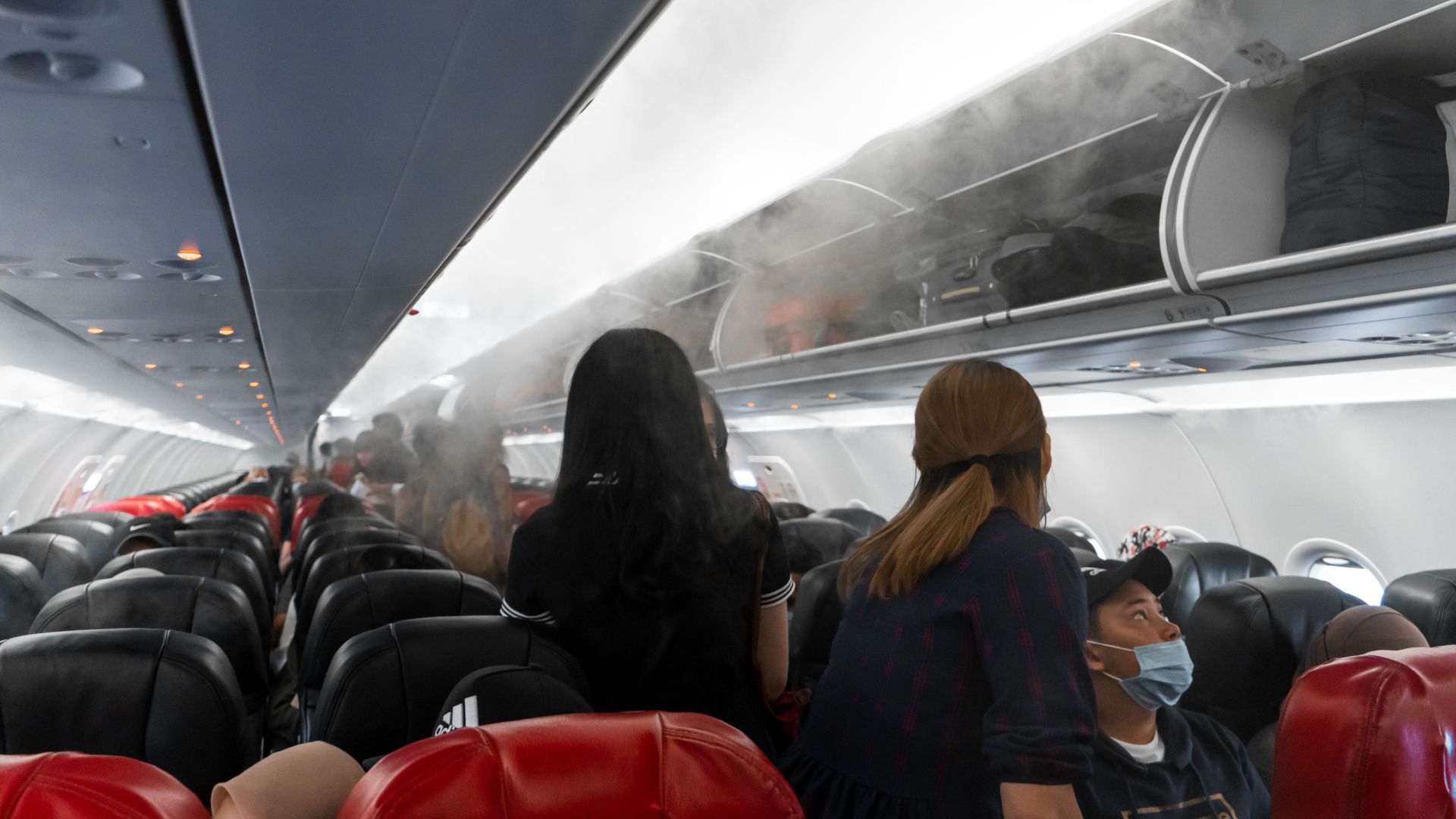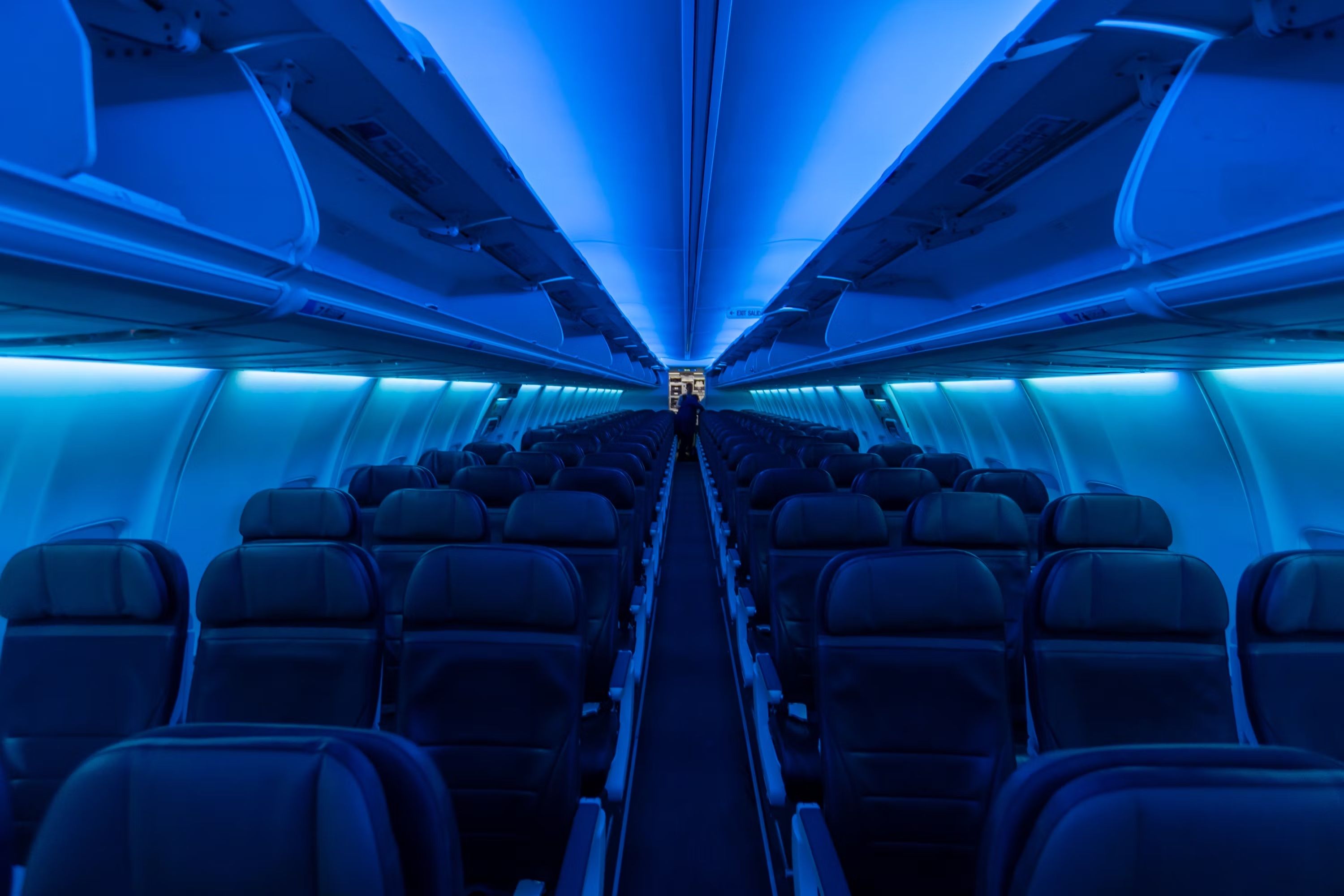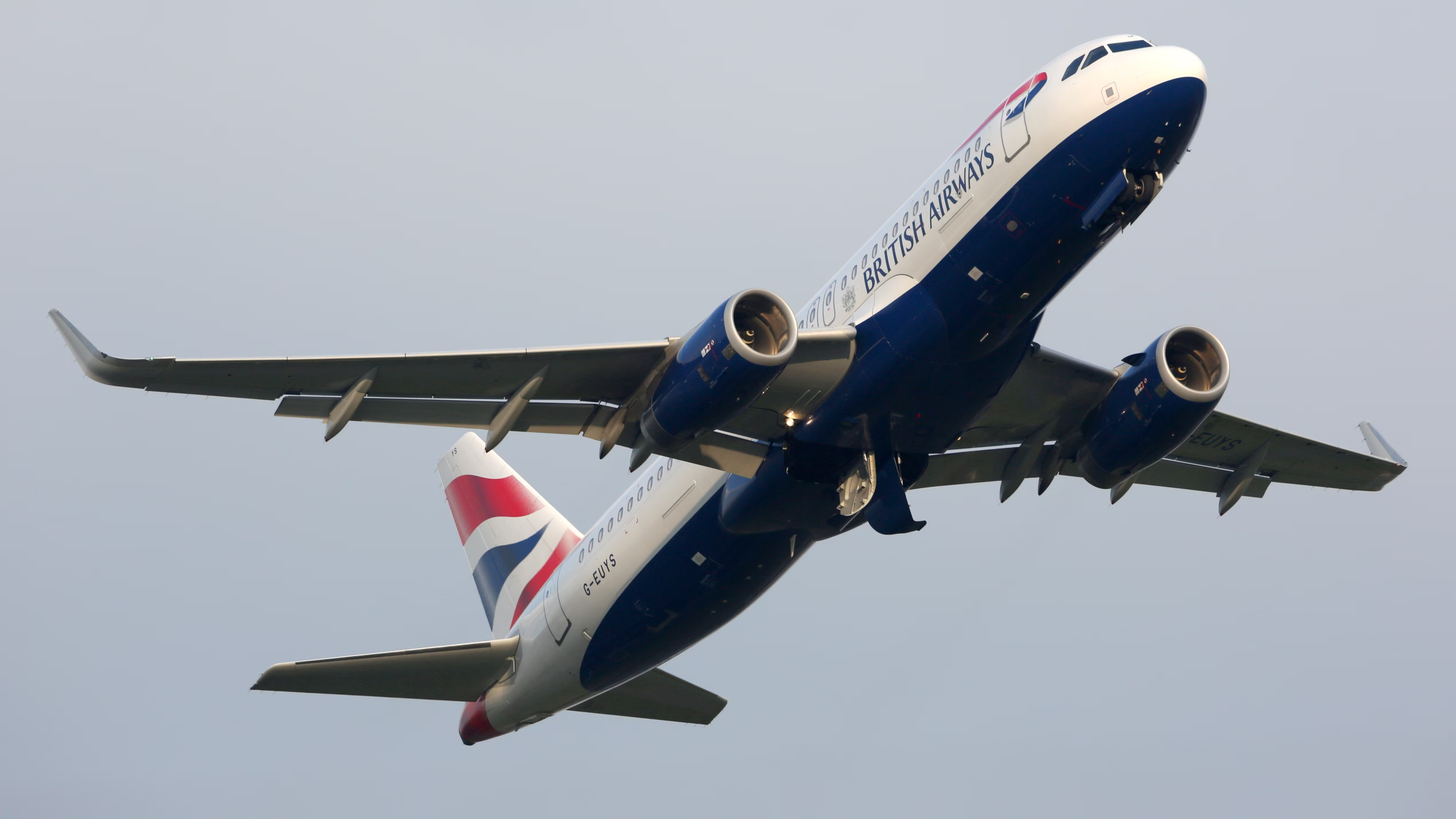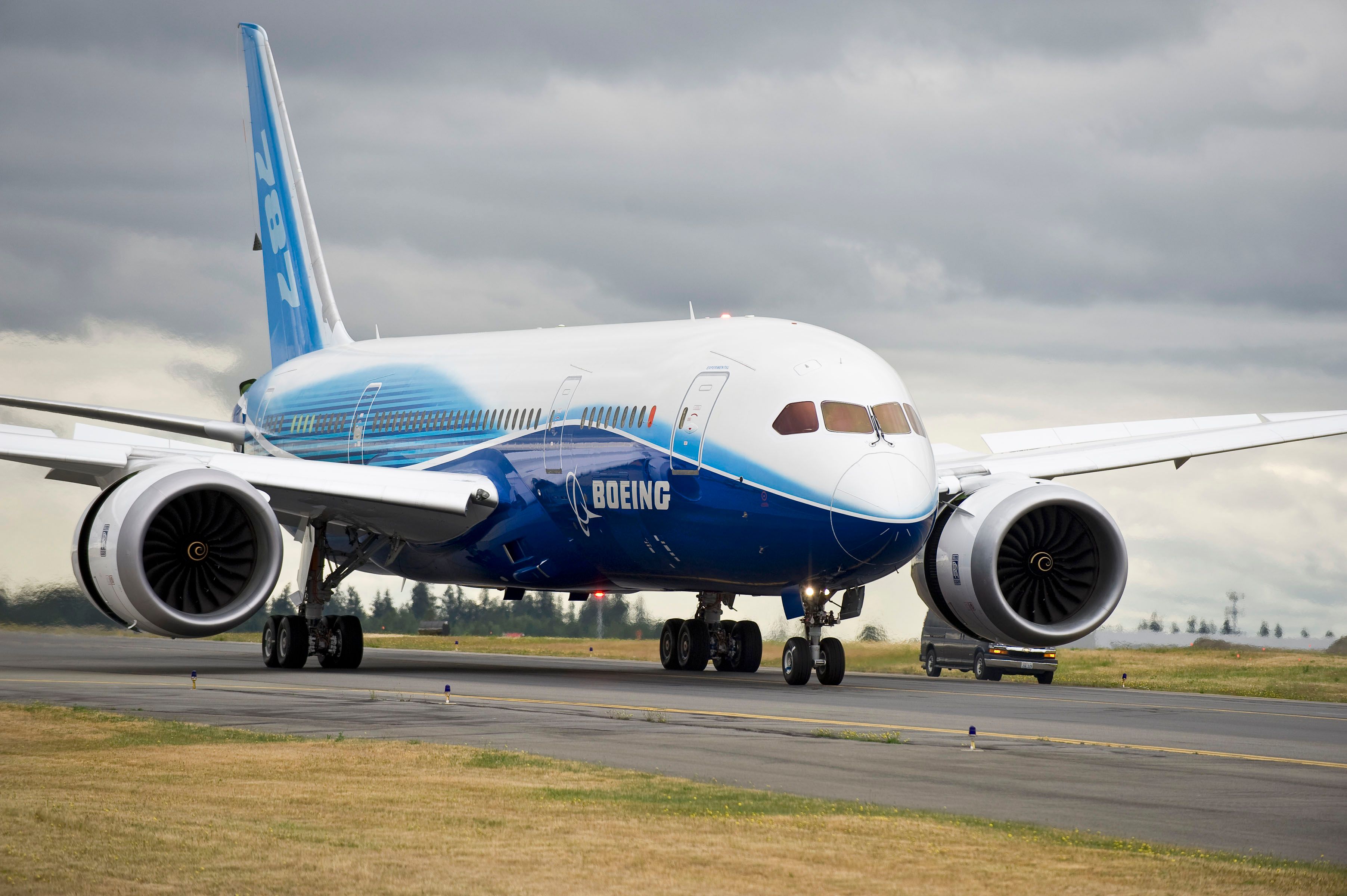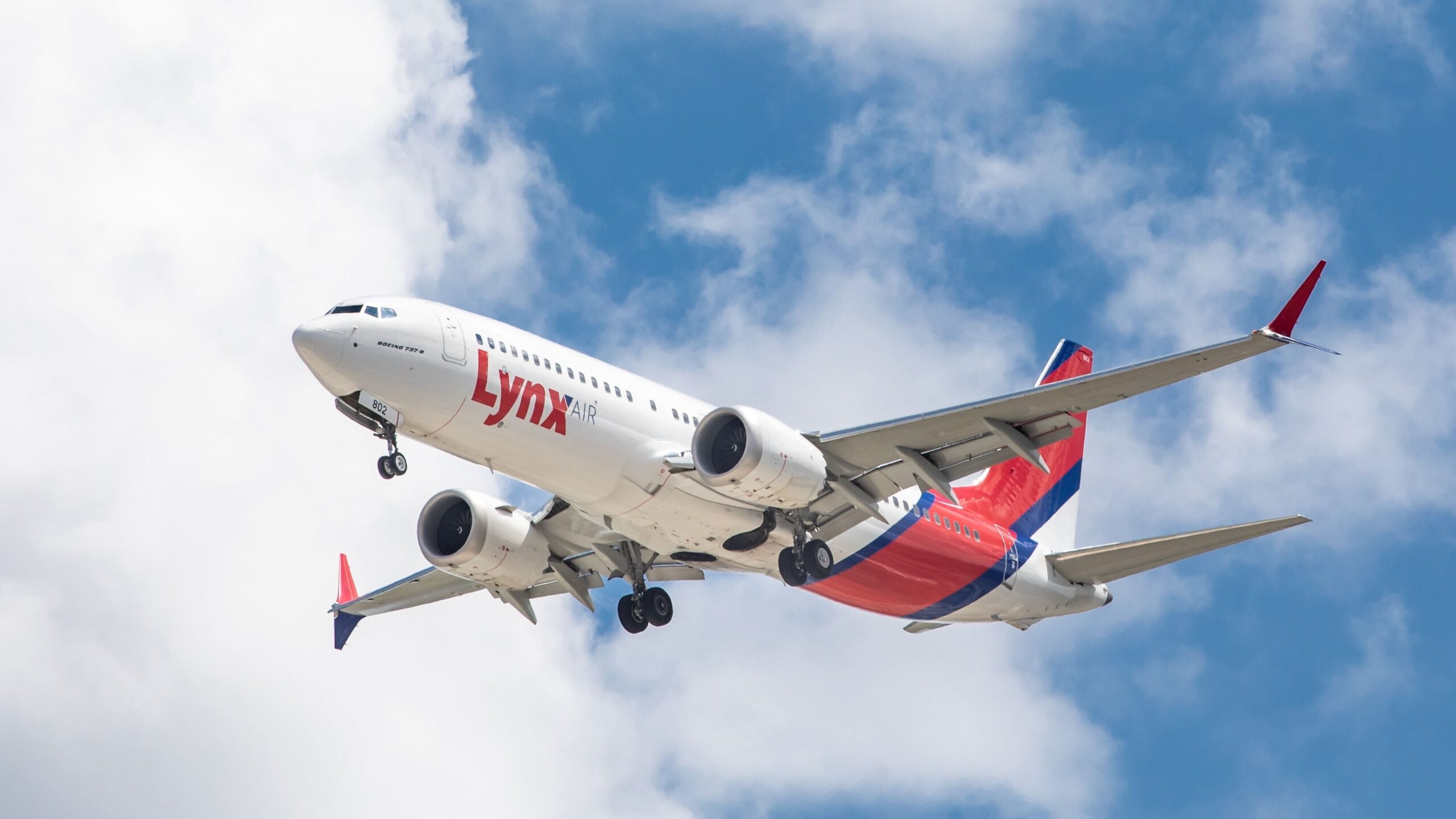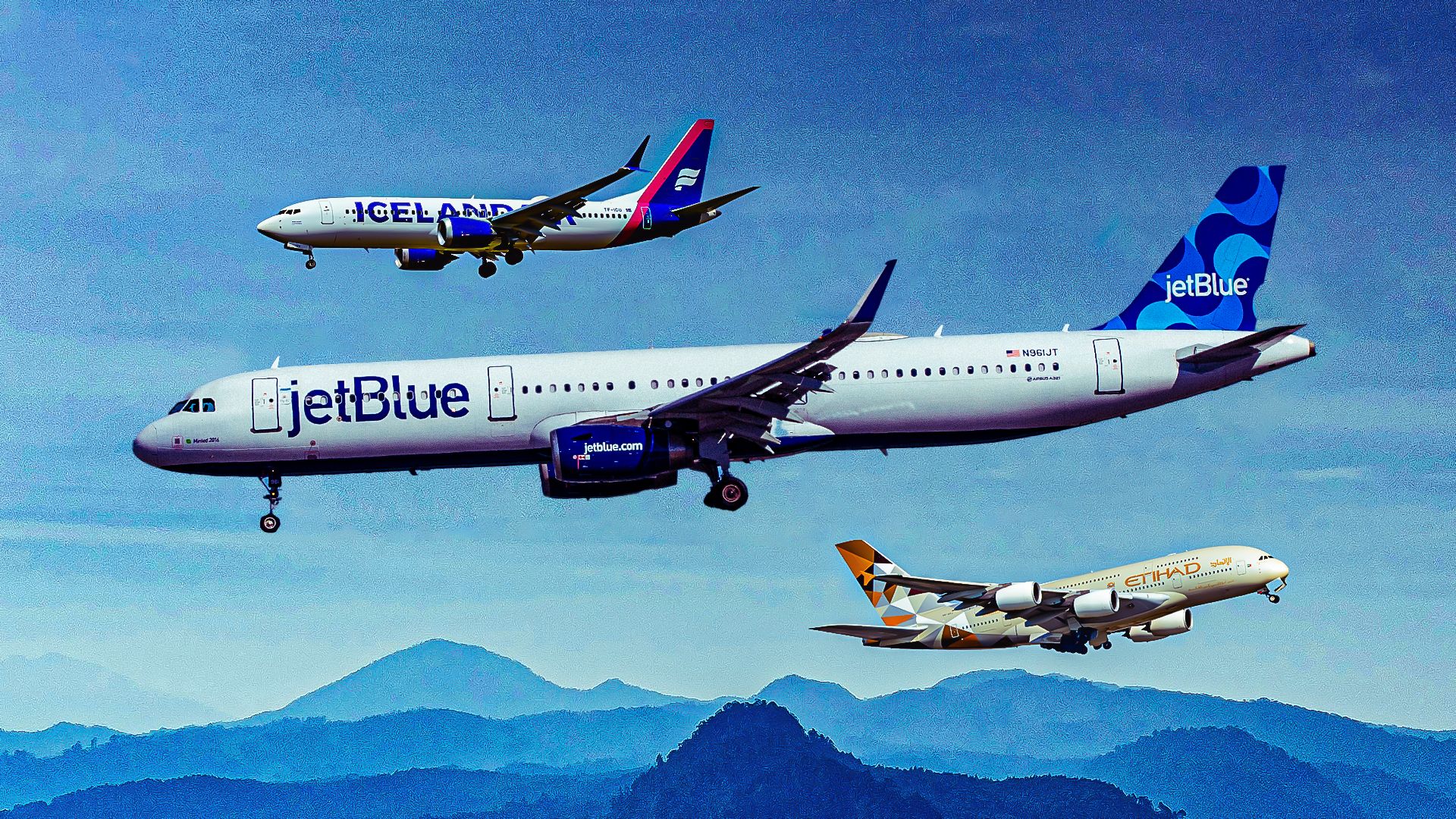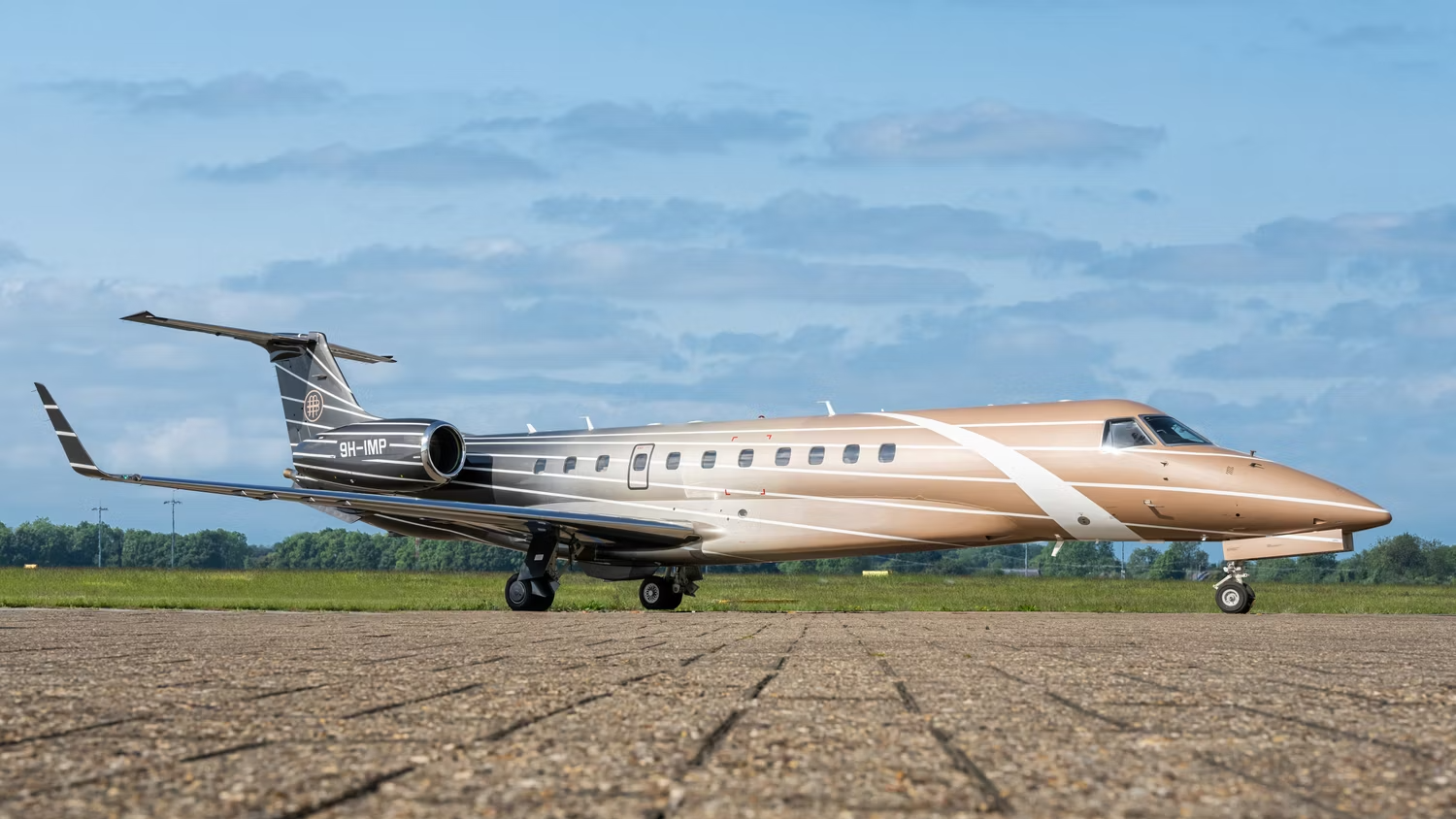Summary
- Fume events on aircraft can be dangerous and pose serious health risks, especially for exposed crew over the long term.
- Fume events are not rare, with around 1 in every 5,000 flights being affected. Regular exposure to toxic fumes can have long-term detrimental effects.
- The Boeing 787 eliminates the risk of fume events by using an electrically operated system instead of bleed air, offering fuel savings and increased efficiency.
A fume event is a dangerous occurrence on an aircraft. This is when dangerous fumes mix with aircraft’s internal cabin air. This can potentially create serious health risks – particularly over the long term for exposed crew. The Boeing 787 is the first aircraft to remove the risk of this, by not using bleed air for the cabin.
What is a fume event?
A fume event is an incident in which the cabin air of an aircraft is contaminated by fumes from various sources, including engine oil, hydraulic fluid, anti-icing fluid, or other chemicals. These are generally released following some sort of fault or failure in an aircraft system – such as hydraulic fluid leaks, oil seal failures in parts of the aircraft engine, or leaks in the aircraft anti-icing systems or air-conditioning systems.
Photo: Joe Kunzler | Simple Flying
These failures on their own are hopefully small enough not to cause any major aircraft emergency, but the resulting leaks can be dangerous. In particular, they can get into the cabin air supply via the engines. In most aircraft, the cabin air and pressurization systems operate using engine or APU bleed air (compressed air taken from the aircraft engines to use elsewhere).
Fume events are a serious problem
Fume events are not theoretical or rare events. They happen often – although thankfully not always at a high level. A 2015 study by the FAA found that fume events affected about 1 in every 5,000 flights. Just in October 2023, Simple Flying reported on three fume events on British Airways aircraft – including an A320 bound for Munich, another A320 flight from Barcelona to Heathrow, and a Euro-flyer-operated A321 flight to Malta Luqa International Airport (which had to return to Gatwick).
Photo: Fasttailwind | Shutterstock
The most serious events can immediately impact passengers. But over the longer term, regular exposure can be very dangerous for cabin and flight deck crew. Long-term exposure (even to low dose levels of some chemicals) can be very dangerous.
An interesting recent study published in the Environmental Health Journal looked into these long-term problems. As just a summary of the impact, it stated:
“Inhalation of these potentially toxic fumes is increasingly recognized to cause acute and long-term neurological, respiratory, cardiological and other symptoms. Cumulative exposure to regular small doses of toxic fumes is potentially damaging to health and may be exacerbated by a single higher-level exposure.”
Of course, efforts are made to minimize the risk or impact of fume events. As they usually occur following component failures leading to leaks into the air system, checks, and maintenance are the best prevention. Adequate training to recognize and respond to problems, plus appropriate breathing equipment, help to lessen the impact – particularly for crew. Aircraft are not usually fitted with sensors to detect fume events (this is complicated as so many possible sources could be involved).
The Boeing 787 removes the risk of fume events
Boeing made many changes in its clean-sheet design of the Boeing 787. One of the most important is the shift to a ‘no-bleed architecture.’ All jet aircraft use bleed air from the engines for a number of different functions. With the 787, instead of using bleed air from the engines, electric power is used in many areas. This offers overall fuel savings of around three percent, and increased efficiency.
One of the systems to move away from bleed air is cabin pressurization and environment. Instead of using pressurized bleed air for the cabin air supply, the air is taken directly from separate external air intakes and then processed using electrically operated systems. With no involvement of bleed air, there is no risk of contamination or fume events.
Photo: Boeing
Would you like to discuss more about fume events, their causes and prevention, or short and long-term effects? Feel free to do so in the comments section.
Sources: BioMed Central (for Environmental Health Journal), Los Angeles Times (for FAA study)

